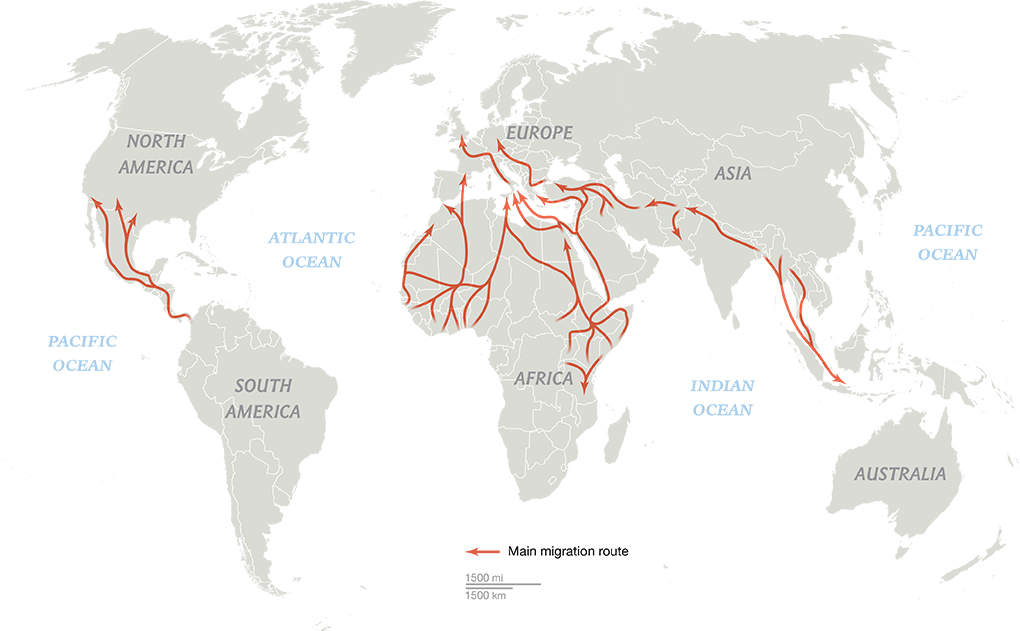
Urban Development Architect
Building a model of ideal refugee migration pattern.

Every year, political turmoil and a variety of environmental disasters displace millions from their homes, causing crises that carry over to the nations accepting these refugees.
Countries are usually unprepared for these crises and refugees are forced to spend months, even years, in refugee camps.
Therefore, our project attempts to create a matching algorithm to appropriately recommend destinations for refugees in hopes to help governments balance the desires of their citizens and maximize the quality of life for refugees.
Scope
We aimed to build a model of ideal refugee migration patterns in order to alleviate social and economic pressures in destination countries due to poor resettlement planning. Furthermore, we intend to target decision-makers in hopes of minimizing the disruption to the lives of migrants and inhabitants of recipient communities.
Goals
Model that predicts the number of refugees and where they will be best suited to emigrate:
- Empirical data of former refugee crises
- Economic data of specific regions where individuals are likely to be displaced to best predict refugees’ skillset and work experience
- Economic data of neighboring countries to identify where the refugees would fit best
Low Tech Demo

Research Team
- Jason Kim
- Rishabh Meswani
- Aviral Pereira
- Neel Patel-Shah
- John Shotton
- Claudia Perlich
Existing Research
- Global Trends Forced Displacement in 2015
- Engaging With Employers in the Hiring of Refugees
- Making Integration Work
- Refugees’ Opportunities and Barriers in Employment and Training
- Statistical Modelling of International Migration Flows
- Five migration trends to watch in 2018
- The European Refugee Crisis: forecasting for 2018
- We Should Have Seen This Refugee Crisis Coming
- Predicting The Break: How Nations Can Get Ahead Of The Next Refugee Crisis
- Forecasting Displacement: A Brand New Effort Using Big Data
- Flowminder
- Harnessing Big Data to Improve Refugee Resettlement
Data Catalog
- General refugee data around the world
- Information on resettlement arrivals of refugees, with or without UNHCR assistance
- The UNHCR Population Statistics database currently contains data about UNHCR’s populations of concern from the year 2000 up to 2013
- Refugees in the United States
- Summary of estimated population movement in Haiti as of 24 October 2016
- Mobility patterns and population densities for West Africa after Ebola outbreaks
- Data on abnormal population movements due to the Nepal earthquake of April 2015
- Data on refugees and asylum-seekers who have died or gone missing in the process of migration towards an international destination

Urban Development Architect is part of an AI for Good project series, between the AI for Good Foundation and the Applied Data Science with Venture Applications Course at SCET, UC Berkeley.
Explore more SDG Launchpad Projects
Share this Page
Get Involved
Join our efforts to unlock AI’s potential towards serving humanity.
Support us
Become a Partner
Volunteer with us
Newsletter


